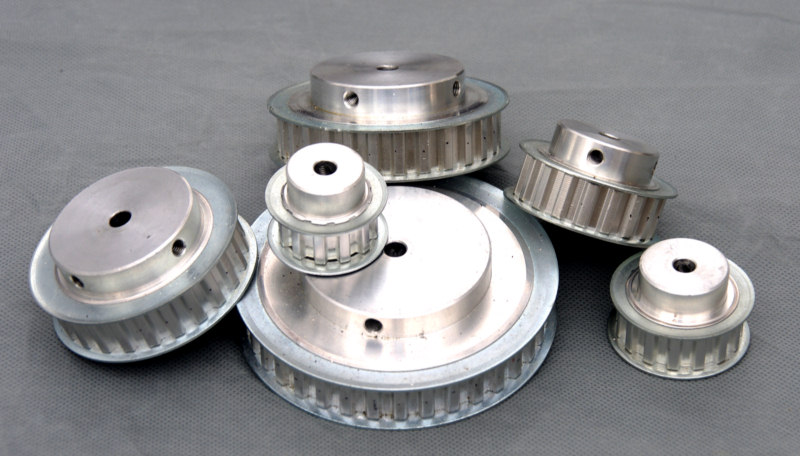
You are reminded of the magic of powder metallurgy (PM) processes whenever you encounter sintered parts. This unique manufacturing technique converts metal powders into distinct shapes and sizes. The process starts with finding the right metal powder to turn it into solid workpieces through sintering and other steps. Today, most modern industries depend on this system’s outcomes because of its ability to work with any metal or alloy. You can rely on it to make parts that cannot be produced through melting or casting.
Some popular materials used in this metalworking process include stainless steel, iron, brass, and bronze. Each metal enjoys certain unique qualities and PM techniques ensure that the final product, even in its enhanced profile, has those fundamental traits intact. Let’s learn a few things about this process and a critical part like timing pulleys manufactured through it.
- Powder metal part manufacturing
Powder metallurgy parts are painstakingly created through a set of steps. As mentioned, metal powder is carefully selected after quality testing per strict international standards. It is mixed and pressed into a specific shape with the help of precision tooling. Lubricants or binders can be applied to the metal powder mixture to keep the loose particles intact. Then, the compacted powder is sintered to give it a desired shape. Different temperatures can be used according to the material’s tolerance level. Sintered parts stand out for their strength. After this, the product may undergo sizing, repressing, tumbling, machining, heat treatment, oil impregnation, and so on to be robust, efficient, cost-effective, consistent, and precise. A great example of this process can be timing pulleys used in automobiles and equipment manufacturing.
- Timing pulleys
A timing belt pulley helps rotate two shaft systems in sync. Cars use this component to connect crankshafts and cams. Due to the pulley’s toothed gear body, the shafts remain in their position without slipping, and the engine valves operate based on sequence and time. Timing belt pulleys should be selected after various considerations for large industrial applications such as automobiles, including size, environment, and material. Suppose you need this component for power steering, which uses about six or higher gear parts in one pulley system. Or, you require something for simple systems that work well with one belt unit and two gears. In this case, you can check the part’s time rating, length, pitch, teeth volume, weight, etc.
Timing belt pulleys’ efficiency also depends on their environment. For instance, metal pulleys can tolerate high temperatures and pressure. One needs to factor in corrosion and humidity levels. Maintenance is also necessary, as these parts often accumulate debris and become blocked. What is the symptom of a weak timing pulley? Your car engine’s ignition and turn-over will suffer. Oil leaks, RPM (Revolutions Per Minute) irregularity, and excess exhaust can be other significant telltales.
Realizing the potential of PM parts and their contribution to different industries is essential. Timing belt pulleys represent superiority and performance quality wherever they are applied. However, buying them from a reliable supplier is crucial. They can offer the right parts that match your specifications.
